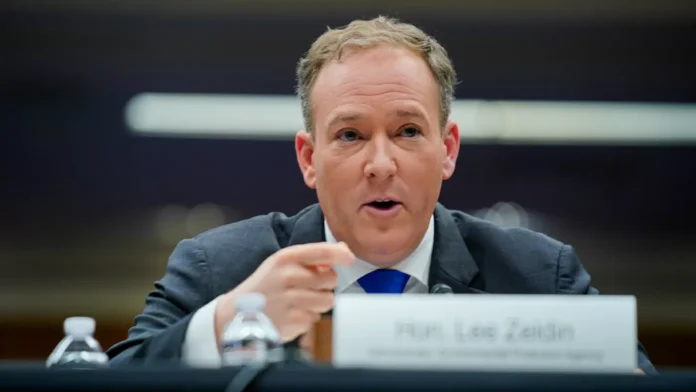The Environmental Protection Agency (EPA) has long been at the forefront of protecting our environment and ensuring the health and safety of our communities. However, recent news of the agency eliminating its Office of Research and Development and firing some of its dedicated staff has caused concern and raised questions about the future of environmental research and protection.
In a press release issued by the EPA, it was announced that the agency will be undergoing a reduction in force (RIF) as part of its ongoing restructuring efforts. This includes the elimination of the Office of Research and Development, which has been responsible for conducting scientific research to inform and support the EPA’s policies and regulations. This decision has sparked outrage and criticism from environmentalists, scientists, and concerned citizens alike.
The EPA’s decision to eliminate the Office of Research and Development and lay off its staff is a cause for concern, as it could have serious implications for the future of environmental protection. The office has played a crucial role in providing the EPA with the necessary scientific data and expertise to make informed decisions and develop effective policies. Without this office, the EPA’s ability to effectively protect our environment and public health could be severely compromised.
However, it is important to note that the EPA’s restructuring efforts are not solely focused on cutting costs and reducing staff. The agency has stated that this move is part of a larger effort to streamline its operations and improve efficiency. This includes consolidating some of its research programs and shifting its focus towards more immediate and pressing environmental issues.
Furthermore, the EPA has assured that the elimination of the Office of Research and Development will not lead to a decrease in its commitment to science and research. In fact, the agency has stated that it will continue to rely on the expertise of its remaining staff and external partners to conduct research and provide scientific support. The EPA also plans to invest in new technologies and approaches to enhance its research capabilities and address emerging environmental challenges.
It is also worth noting that the EPA’s decision to reduce its workforce is not unprecedented. In the past, the agency has undergone similar restructuring efforts to adapt to changing priorities and budget constraints. While it is understandable that any job loss is difficult and concerning, it is important to remember that the EPA’s ultimate goal is to better serve the public and protect our environment.
In addition, the EPA has emphasized that the RIF will not affect its core mission of safeguarding human health and the environment. The agency will continue to enforce environmental regulations, monitor and assess environmental risks, and work towards achieving a cleaner and healthier environment for all.
It is understandable that the news of the EPA’s RIF and the elimination of the Office of Research and Development may cause concern and uncertainty. However, it is important to trust that the agency is making these decisions with the best interests of the environment and public health in mind. The EPA remains committed to its mission and will continue to work towards a sustainable and healthy future for all.
In conclusion, while the EPA’s decision to eliminate the Office of Research and Development and reduce its workforce may be met with criticism, it is important to understand the agency’s larger goals and efforts to improve its operations. The EPA remains dedicated to protecting our environment and public health, and we must trust that it will continue to do so with the utmost diligence and commitment. Let us all work together to support the EPA in its mission and ensure a cleaner and healthier future for generations to come.

